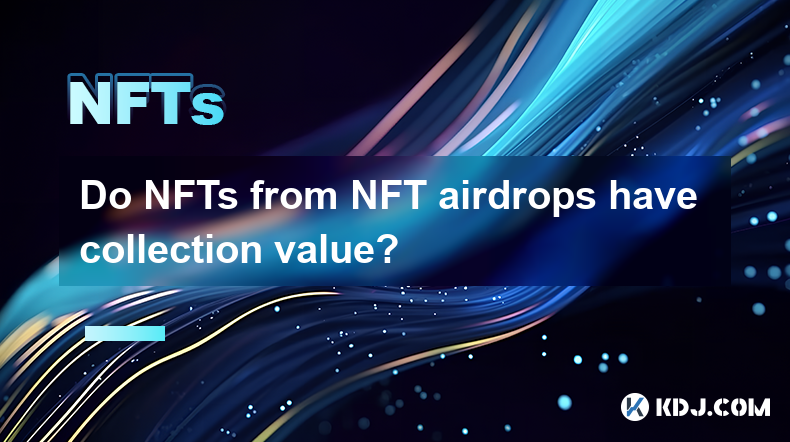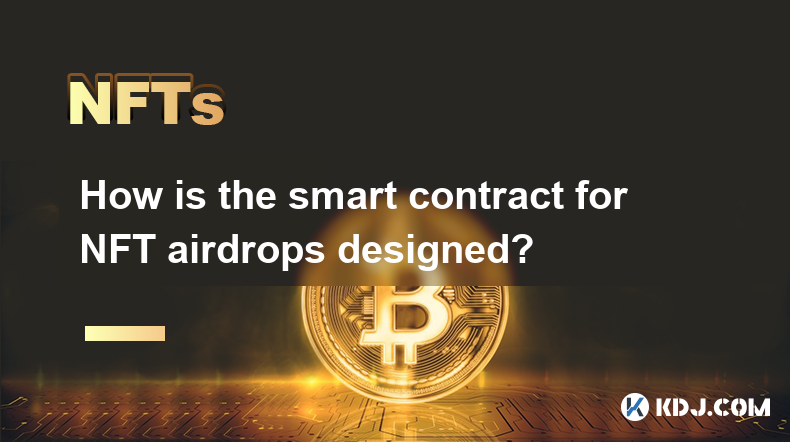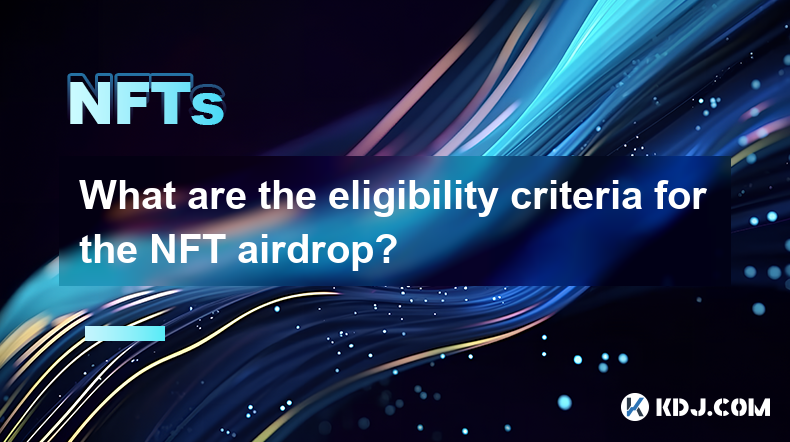-
 Bitcoin
Bitcoin $85,153.7008
0.19% -
 Ethereum
Ethereum $1,611.9471
0.74% -
 Tether USDt
Tether USDt $0.9999
0.00% -
 XRP
XRP $2.0824
0.07% -
 BNB
BNB $594.8487
0.44% -
 Solana
Solana $141.0161
2.06% -
 USDC
USDC $0.9999
0.00% -
 Dogecoin
Dogecoin $0.1592
0.25% -
 TRON
TRON $0.2430
0.70% -
 Cardano
Cardano $0.6310
0.14% -
 UNUS SED LEO
UNUS SED LEO $9.3462
-0.44% -
 Chainlink
Chainlink $13.0583
1.67% -
 Avalanche
Avalanche $19.9002
3.45% -
 Stellar
Stellar $0.2464
0.71% -
 Toncoin
Toncoin $3.0068
0.59% -
 Shiba Inu
Shiba Inu $0.0...01238
1.46% -
 Sui
Sui $2.1560
0.93% -
 Hedera
Hedera $0.1659
-0.64% -
 Bitcoin Cash
Bitcoin Cash $338.2209
0.30% -
 Polkadot
Polkadot $3.9317
5.47% -
 Hyperliquid
Hyperliquid $18.1514
1.10% -
 Litecoin
Litecoin $76.7521
0.57% -
 Bitget Token
Bitget Token $4.5877
3.38% -
 Dai
Dai $0.9999
0.00% -
 Ethena USDe
Ethena USDe $0.9992
-0.01% -
 Pi
Pi $0.6419
-0.41% -
 Monero
Monero $216.9663
1.85% -
 Uniswap
Uniswap $5.3190
1.42% -
 Pepe
Pepe $0.0...07480
2.77% -
 OKB
OKB $50.8919
0.00%
What is an NFT? How does it prove digital ownership?
NFTs prove digital ownership via blockchain, using unique identifiers and smart contracts to ensure authenticity and track transactions securely.
Apr 09, 2025 at 11:21 pm

An NFT, or Non-Fungible Token, is a unique digital asset that represents ownership or proof of authenticity of a specific item or piece of content, typically stored on a blockchain. Unlike cryptocurrencies such as Bitcoin or Ethereum, which are fungible and can be exchanged on a one-to-one basis, NFTs are distinct and cannot be exchanged on a like-for-like basis. This uniqueness is what makes NFTs valuable in the digital world, as they can represent anything from art, music, and videos to virtual real estate and in-game items.
NFTs are built on blockchain technology, most commonly the Ethereum blockchain, which provides a secure and transparent way to track ownership and transfer of these digital assets. Each NFT contains metadata that describes the asset it represents, and this metadata is stored in a smart contract on the blockchain. This smart contract ensures that the NFT's ownership and authenticity can be verified by anyone, making it an effective tool for proving digital ownership.
How NFTs Prove Digital Ownership
NFTs prove digital ownership through the use of blockchain technology. When an NFT is created, or "minted," it is assigned a unique identifier that is recorded on the blockchain. This identifier, along with the metadata describing the asset, is what makes the NFT unique and verifiable. The blockchain serves as a public ledger, meaning that anyone can view the history of ownership and transactions related to the NFT.
The process of proving ownership with an NFT involves several key elements:
- Unique Identifier: Each NFT has a unique identifier that distinguishes it from all other NFTs. This identifier is stored on the blockchain and cannot be altered or duplicated.
- Metadata: The metadata associated with an NFT provides detailed information about the asset it represents, such as the creator, title, and any other relevant details. This metadata is also stored on the blockchain and can be accessed by anyone.
- Smart Contract: The smart contract that governs the NFT ensures that ownership and transfer rules are followed. It automatically executes transactions and updates the blockchain when an NFT is bought, sold, or transferred.
- Public Ledger: The blockchain acts as a public ledger, allowing anyone to verify the ownership and history of an NFT. This transparency is crucial for establishing trust in the digital ownership of the asset.
The Role of Smart Contracts in NFTs
Smart contracts play a crucial role in the functionality of NFTs. These are self-executing contracts with the terms of the agreement directly written into code. When an NFT is created, the smart contract defines the rules for ownership, transfer, and any royalties that may be due to the creator. This automation ensures that the NFT's ownership can be transferred securely and transparently.
For example, when an NFT is sold, the smart contract automatically transfers ownership to the new buyer and updates the blockchain. If the creator has set up royalties, the smart contract will also ensure that a percentage of the sale price is sent to the creator's wallet. This feature is particularly appealing to artists and creators, as it provides a way to earn ongoing income from their work.
The Process of Minting an NFT
Minting an NFT is the process of creating a new token on the blockchain. This process involves several steps:
- Choose a Blockchain: Most NFTs are created on the Ethereum blockchain, but other blockchains like Binance Smart Chain and Flow are also used. The choice of blockchain depends on factors such as transaction fees, speed, and the specific use case of the NFT.
- Prepare the Asset: The digital asset that the NFT will represent needs to be prepared. This could be an image, video, music file, or any other type of digital content.
- Create the Metadata: The metadata describing the asset needs to be created. This includes details such as the title, description, and any other relevant information.
- Use an NFT Platform: There are several platforms available for minting NFTs, such as OpenSea, Rarible, and Mintable. These platforms provide user-friendly interfaces for creating and managing NFTs.
- Connect a Wallet: To mint an NFT, you need to connect a cryptocurrency wallet that supports the chosen blockchain. This wallet will be used to pay the transaction fees and to receive the newly minted NFT.
- Upload the Asset and Metadata: On the chosen platform, upload the digital asset and the associated metadata. The platform will then generate a preview of the NFT.
- Pay the Minting Fee: Minting an NFT requires paying a transaction fee, known as gas, on the blockchain. The fee varies depending on the blockchain's congestion and the complexity of the transaction.
- Confirm the Transaction: Once the fee is paid, the transaction is confirmed on the blockchain, and the NFT is officially minted. The NFT will now appear in your wallet and on the platform where it was created.
Verifying Ownership of an NFT
Verifying the ownership of an NFT is straightforward due to the transparency of the blockchain. Anyone can check the ownership of an NFT by looking up its unique identifier on the blockchain. Here's how to do it:
- Find the NFT's Unique Identifier: Each NFT has a unique identifier, often referred to as a token ID. This can be found on the platform where the NFT is listed or in the NFT's metadata.
- Use a Blockchain Explorer: A blockchain explorer is a tool that allows you to view the transactions and data on a blockchain. For Ethereum-based NFTs, you can use explorers like Etherscan. Enter the NFT's unique identifier into the explorer to view its transaction history and current ownership.
- Check the Smart Contract: The smart contract associated with the NFT will show the current owner's address. This address can be compared to the address in the buyer's wallet to confirm ownership.
The Value and Use Cases of NFTs
The value of NFTs lies in their uniqueness and the ability to prove digital ownership. This has led to a wide range of use cases for NFTs, including:
- Digital Art: Artists can create and sell digital art as NFTs, providing a way to prove ownership and authenticity. This has revolutionized the art world, allowing artists to reach a global audience and earn royalties on secondary sales.
- Collectibles: NFTs can represent collectibles such as trading cards, virtual pets, and other unique items. These collectibles can be bought, sold, and traded, creating a new market for digital assets.
- Gaming: In the gaming industry, NFTs can represent in-game items, characters, and virtual real estate. Players can own and trade these assets, adding a new layer of value and engagement to games.
- Music and Media: Musicians and content creators can tokenize their work as NFTs, allowing fans to own unique pieces of music, videos, or other media. This can create new revenue streams and deepen the connection between creators and their audience.
Frequently Asked Questions
Q: Can NFTs be copied or duplicated?
A: While the digital asset associated with an NFT can be copied, the NFT itself cannot be duplicated. The unique identifier and metadata stored on the blockchain ensure that each NFT is distinct and verifiable. However, the value of an NFT often lies in its scarcity and the proof of ownership it provides, so copying the asset does not diminish the value of the original NFT.
Q: What happens if the platform where an NFT is listed goes out of business?
A: The ownership of an NFT is recorded on the blockchain, which is independent of any specific platform. If a platform goes out of business, the NFT's ownership and metadata remain on the blockchain. However, you may need to use a different platform or a blockchain explorer to view and manage your NFT.
Q: Are there any environmental concerns associated with NFTs?
A: Yes, the creation and transfer of NFTs on blockchains like Ethereum can consume significant amounts of energy due to the proof-of-work consensus mechanism. However, efforts are being made to transition to more energy-efficient consensus mechanisms like proof-of-stake, and some blockchains are already more environmentally friendly.
Q: Can I create an NFT for free?
A: While the process of minting an NFT typically involves paying transaction fees, some platforms offer "lazy minting," where the NFT is created but not yet recorded on the blockchain until it is sold. This can reduce the upfront cost of creating an NFT, but the buyer will need to pay the minting fee when they purchase it.
Disclaimer:info@kdj.com
The information provided is not trading advice. kdj.com does not assume any responsibility for any investments made based on the information provided in this article. Cryptocurrencies are highly volatile and it is highly recommended that you invest with caution after thorough research!
If you believe that the content used on this website infringes your copyright, please contact us immediately (info@kdj.com) and we will delete it promptly.
- SUI surpasses 500 million transactions in 2025, outperforming major blockchains
- 2025-04-20 14:55:12
- Circle Launches Refund Protocol for Onchain Dispute Resolution and $USDC Refunds!
- 2025-04-20 14:55:12
- Unichain Could Be the Catalyst That Turns the UNI Price Around and Sparks a UNI Breakout
- 2025-04-20 14:50:12
- Donald Trump's memecoin, $TRUMP, has just completed its highly awaited token unlock
- 2025-04-20 14:50:12
- After a Year of Breakneck Growth, Stablecoin Supply Expansion Has Stalled
- 2025-04-20 14:45:13
- The latest controversy in the memecoin world has turned its focus to the $MELANIA project.
- 2025-04-20 14:45:13
Related knowledge

How to display and trade NFTs from NFT airdrops?
Apr 18,2025 at 04:42am
How to Display and Trade NFTs from NFT Airdrops? NFT airdrops have become a popular way for projects to distribute their tokens and engage with their community. If you've received NFTs through an airdrop, you might be wondering how to display and trade them. This article will guide you through the process step-by-step, ensuring you can showcase your NFT...

Do NFTs from NFT airdrops have collection value?
Apr 18,2025 at 11:49pm
NFTs, or non-fungible tokens, have become a significant part of the cryptocurrency ecosystem, and NFT airdrops are one way for projects to distribute these digital assets to their community. A common question that arises is whether NFTs received from airdrops have any collection value. To answer this question, we need to delve into various aspects of NF...

How is the smart contract for NFT airdrops designed?
Apr 18,2025 at 03:10am
The design of a smart contract for NFT airdrops is a complex process that requires careful consideration of various factors to ensure the airdrop is executed smoothly and securely. This article will delve into the intricacies of how such a smart contract is designed, focusing on key components, security measures, and the implementation process. Key Comp...

What are the eligibility criteria for the NFT airdrop?
Apr 17,2025 at 04:56pm
Understanding NFT AirdropsNFT airdrops are a popular method used by blockchain projects to distribute non-fungible tokens (NFTs) to their community members. These airdrops can serve various purposes, such as rewarding loyal users, promoting new projects, or increasing the visibility of existing ones. To participate in an NFT airdrop, individuals must me...

How to design a user authentication system for an NFT platform?
Apr 20,2025 at 01:49pm
Designing a user authentication system for an NFT (Non-Fungible Token) platform is crucial for ensuring security, user experience, and compliance with regulatory standards. This article will guide you through the process of creating a robust authentication system tailored for an NFT platform, covering key aspects such as user registration, login mechani...

How to protect the copyright of artworks on NFT platforms?
Apr 19,2025 at 06:28am
The rise of Non-Fungible Tokens (NFTs) has revolutionized the way digital art is created, bought, and sold. As artists increasingly turn to NFT platforms to showcase and monetize their work, protecting the copyright of these artworks becomes a crucial concern. This article explores various strategies and tools that artists can use to safeguard their int...

How to display and trade NFTs from NFT airdrops?
Apr 18,2025 at 04:42am
How to Display and Trade NFTs from NFT Airdrops? NFT airdrops have become a popular way for projects to distribute their tokens and engage with their community. If you've received NFTs through an airdrop, you might be wondering how to display and trade them. This article will guide you through the process step-by-step, ensuring you can showcase your NFT...

Do NFTs from NFT airdrops have collection value?
Apr 18,2025 at 11:49pm
NFTs, or non-fungible tokens, have become a significant part of the cryptocurrency ecosystem, and NFT airdrops are one way for projects to distribute these digital assets to their community. A common question that arises is whether NFTs received from airdrops have any collection value. To answer this question, we need to delve into various aspects of NF...

How is the smart contract for NFT airdrops designed?
Apr 18,2025 at 03:10am
The design of a smart contract for NFT airdrops is a complex process that requires careful consideration of various factors to ensure the airdrop is executed smoothly and securely. This article will delve into the intricacies of how such a smart contract is designed, focusing on key components, security measures, and the implementation process. Key Comp...

What are the eligibility criteria for the NFT airdrop?
Apr 17,2025 at 04:56pm
Understanding NFT AirdropsNFT airdrops are a popular method used by blockchain projects to distribute non-fungible tokens (NFTs) to their community members. These airdrops can serve various purposes, such as rewarding loyal users, promoting new projects, or increasing the visibility of existing ones. To participate in an NFT airdrop, individuals must me...

How to design a user authentication system for an NFT platform?
Apr 20,2025 at 01:49pm
Designing a user authentication system for an NFT (Non-Fungible Token) platform is crucial for ensuring security, user experience, and compliance with regulatory standards. This article will guide you through the process of creating a robust authentication system tailored for an NFT platform, covering key aspects such as user registration, login mechani...

How to protect the copyright of artworks on NFT platforms?
Apr 19,2025 at 06:28am
The rise of Non-Fungible Tokens (NFTs) has revolutionized the way digital art is created, bought, and sold. As artists increasingly turn to NFT platforms to showcase and monetize their work, protecting the copyright of these artworks becomes a crucial concern. This article explores various strategies and tools that artists can use to safeguard their int...
See all articles























































































